• Global Rhododendron hotspots are mainly distributed in the Hengduan Mountains of southwestern China and the southern regions of the Himalayas.
• Rhododendron diversity patterns were most strongly explained by proxies of island biogeography theory (i.e., mountain area) and habitat heterogeneity (i.e., elevation range).
Tag: Ecology
Exploring the long-term impacts of ponderosa pine restoration treatment
In 1996, John Paul Roccaforte and his colleagues at NAU’s Ecological Research Institute embarked on a 20-year restoration study restoration across more than 5,000 acres of dense ponderosa pine forests in northern Arizona.
Wolves’ return has had only small impact on deer populations in NE Washington, study shows
A new study shows that wolves in Washington state are not having much of an impact on white-tailed deer, one of their primary prey. In a paper published June 18, scientists report that the biggest factor shaping white-tailed deer populations in northeast Washington is the quality of habitat available. Cougars were second in their impact. Wolves were a distant third.
Coastal ecosystems: cracking the code
UC Irvine associate professor of ecology & evolutionary biology studies how warmer ocean water is affecting marine ecosystems, particularly the alarming reality that climate change often favors invasive species over native ones. Cascade Sorte has spent her career unraveling the mysteries of Earth’s changing oceans.
UC Irvine’s Adriana Briscoe is elected to the National Academy of Sciences
Renowned evolutionary biologist Adriana Darielle Mejía Briscoe of the University of California, Irvine has been elected a member of the National Academy of Sciences. She joins a class of 144 scientists from around the world being recognized this year for their outstanding accomplishments in original research.
Crawfish could transfer ionic lithium from their environment into food chain
The increasing use of lithium-ion rechargeable batteries likely means more environmental contamination. Researchers have explored how lithium accumulates in crawfish, with implications for the environment and public health. They will present their results at ACS Spring 2024.
Who knew that eating poo was so vital for birds’ survival?
New research led by the University of South Australia explains how eating faeces (known as coprophagy) shapes wild birds’ digestive tracts (gut biota), enabling them to absorb lost or deficient nutrients and adjust to seasonal variations in food sources.
Weedy rice gets competitive boost from its wild neighbors
Weedy rice is an agricultural pest with a global economic impact. It is an aggressive weed that outcompetes cultivated rice and causes billions of dollars in yield losses worldwide. A study from Washington University in St. Louis offers new insights into genetic changes that give weedy rice its edge over cultivated rice in tropical regions of the world.
First-ever report of Nesting of incredibly rare and endangered giant turtle
Biologists have discovered a breeding population of a Cantor’s Giant Softshell Turtle, as part of conservation efforts in the south of India.
Tawny owl’s pale grey color linked to vital functions ensuring survival in extreme conditions
A recent genetic discovery has revealed that the pale grey plumage of the tawny owl is linked to crucial functions that aid the bird’s survival in cold environments.
Did Eurasia’s dominant East-West axis “turn the fortunes of history”?
Guns, Germs, and Steel (1997) is Jared Diamond’s Pulitzer Prize-winning effort to explain the contrasting histories of Native Americans, Africans and aboriginal Australians vs Europeans and Asians.

Rising Sea Levels Could Lead to More Methane Emitted from Wetlands
A Bay Area wetlands ecosystem that was expected to serve as a carbon sink is emitting surprisingly high levels of methane, a potent greenhouse gas.
Media Tip: Argonne’s Advanced Photon Source to accelerate biological and environmental research
In October 2023, the Advanced Photon Source (APS), a U.S. Department of Energy (DOE) Office of Science user facility at DOE’s Argonne National Laboratory, officially launched a new initiative to expand biological and environmental research at the world leading X-ray and analysis facility.
Researchers observe wolves hunting and killing sea otters and harbor seals on Alaska’s Katmai coast
Firsthand observations of a wolf hunting and killing a harbor seal and a group of wolves hunting and consuming a sea otter on Alaska’s Katmai coast have led scientists to reconsider assumptions about wolf hunting behavior.
Okinawa’s ants change their seasonal rhythms amid land-cover changes
Ant communities in areas with more human development show reduced seasonal behavior.
Orchid without bumblebee on island finds wasp, loses self
Because the bumblebee that an orchid relies on for pollination does not exist on a remote island, the plant gets pollinated by an island wasp.
Tropical ecosystems more reliant on emerging aquatic insects, study finds, potentially putting them at greater risk
A team of researchers from Queen Mary University of London and the University of Campinas in Brazil has found that tropical forest ecosystems are more reliant on aquatic insects than temperate forest ecosystems and are therefore more vulnerable to disruptions to the links between land and water.
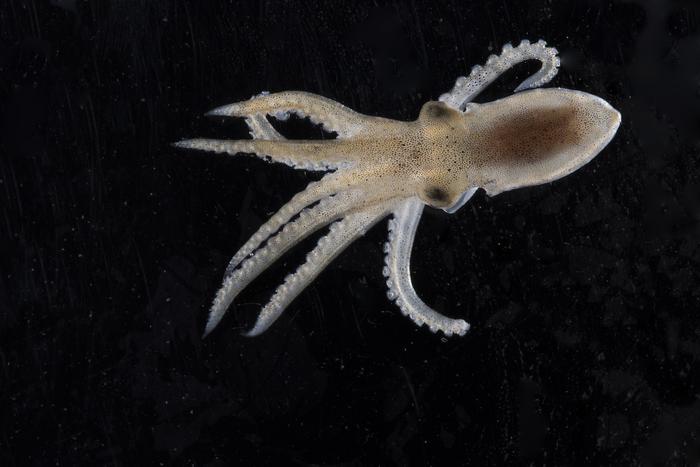
Pumped for frigid weather: study pinpoints cold adaptations in nervous system of Antarctic octopus
Laden with dissolved salt, Antarctic waters can hover just above freezing and even dip below it. Temperatures this low would likely kill the animals that prosper in warmer waters further north. Yet, some creatures have found ways to live in this inhospitable cold.
New Research Reveals Dynamic Factors Shaping Biodiversity at Small Scales
Researchers studying arboreal ants in a Florida forest explore the fundamental question of how resource availability and competition shape biodiversity.
Ocean acidification makes ecologically important seaweed species fragile
Ocean acidification will likely almost triple by the end of the century—a drastic environmental change that could impact important marine species like fleshy seaweeds, algae that grow vertically and promote biodiversity in more than a third of the world’s coastline.
Urban climate research project helps shape minority students’ science identity
An Urban Integrated Field Laboratory led by Argonne is focusing on creating a diverse next generation workforce and involving students in tackling future urban climate challenges.
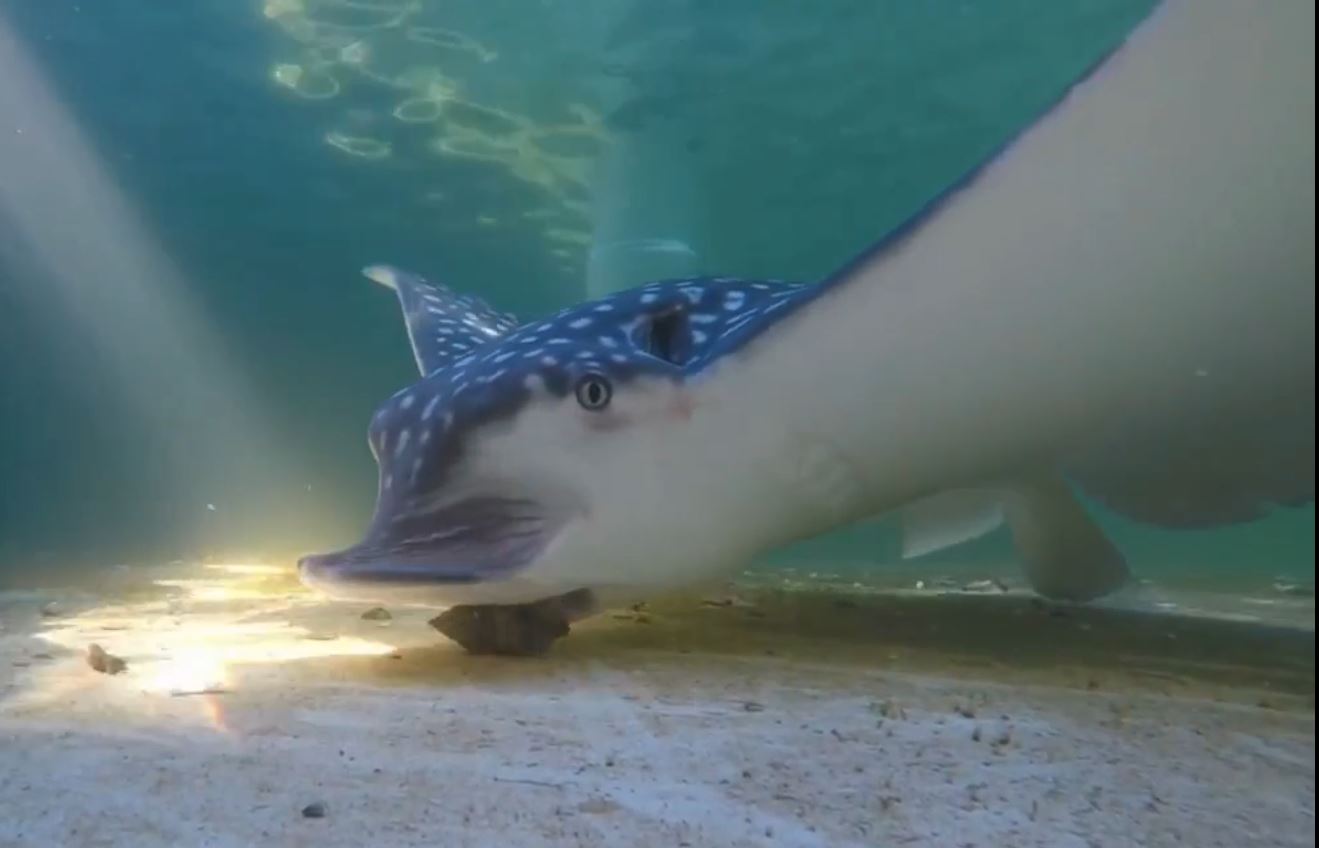
DNA Decodes the Dining Preferences of the Shell-Shucking Whitespotted Eagle Ray
With mighty jaws and plate-like teeth, the globally endangered whitespotted eagle ray can pretty much crunch on anything. Yet, little information is available on critical components of their life history in the U.S., such as their diet.
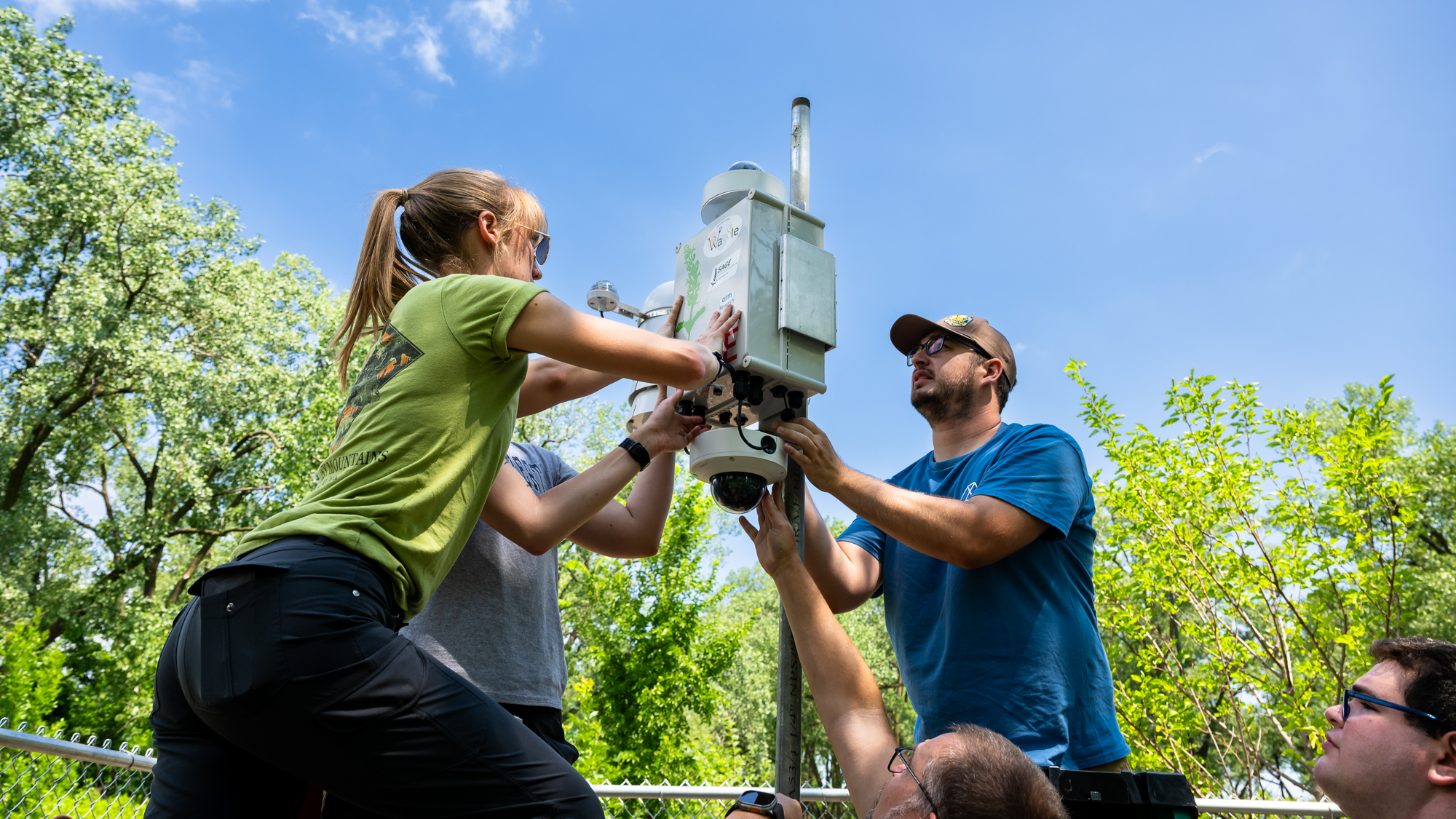
Chicago State University to serve as ‘scientific supersite’ to study climate change impact
Argonne and Chicago State University deployed instruments at the Chicago State University Campus to measure Chicago’s changing climate. These sensors are among the first for the Argonne-led Urban Integrated Field Laboratory called Community Research on Climate and Urban Science (CROCUS).
Small-winged and lighter colored butterflies likely to be at greatest threat from climate change
Butterflies with smaller or lighter coloured wings are likely to be ‘losers’ when it comes to climate change, with the Lycaenidae family, which contains over 6,000 species of butterflies, the majority of which live in the tropics, found to be particularly vulnerable.
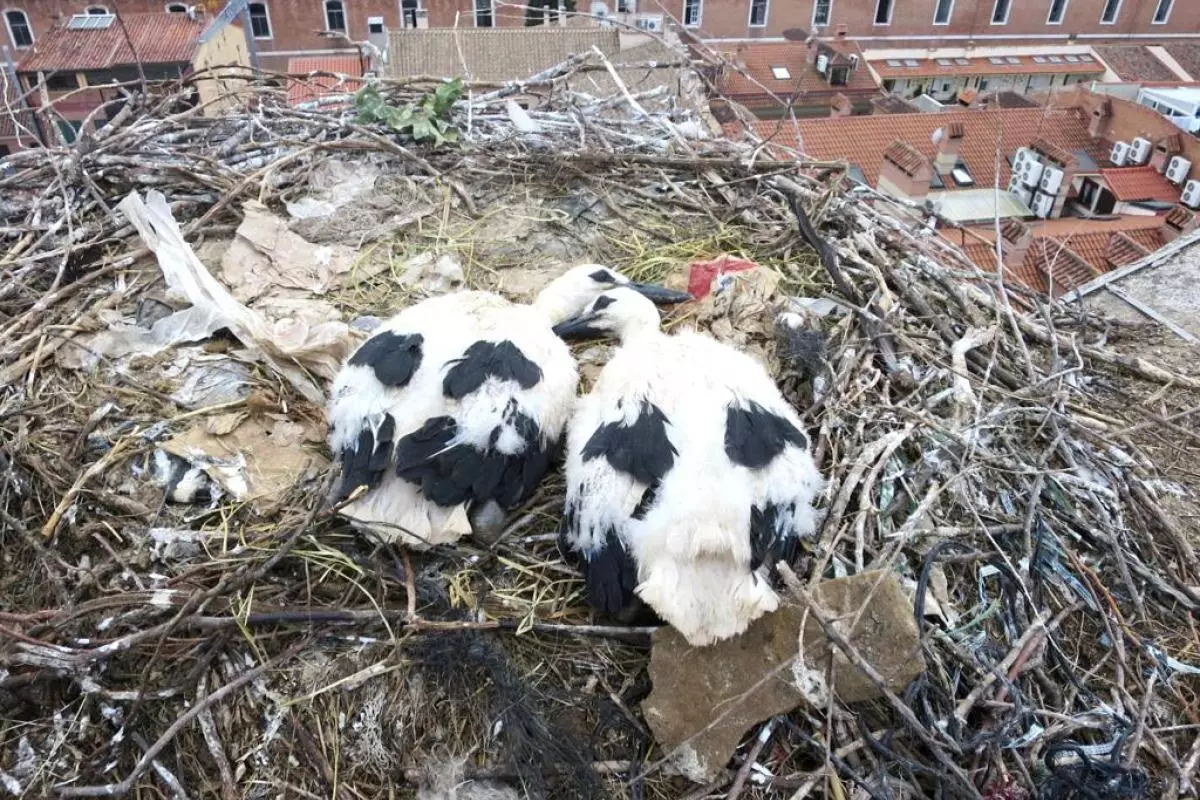
Man-made materials in nests can bring both risks and benefit for birds
We all discard a huge amount of plastic and other man-made materials into the environment, and these are often picked up by birds. New research has shown that 176 bird species around the world are now known to include a wide range of anthropogenic materials in their nests.
Climate change could lead to “widespread chaos” for insect communities
New research from Binghamton University, State University of New York explores how a warming world could impact ecosystems and derail the development of new species.
WashU Expert: How to avoid mosquito bites
In suburban backyards and at family picnic gatherings across the United States, mosquitoes are a common pest. People are most likely to get bitten by mosquitoes during the warm and lazy summer months, says Katie Westby, vector and disease ecologist at Tyson Research Center, Washington University in St. Louis’ environmental field station in Eureka, Mo.
Butterfly beginnings
Biologists from Washington University in St. Louis collaborated with a large number of butterfly and plant specialists to reconstruct the origin and global spread of butterflies. Working with researchers from dozens of countries, Michael Landis and Mariana P. Braga in Arts & Sciences helped create the world’s largest butterfly tree of life, assembled with DNA from more than 2,000 species representing all butterfly families.
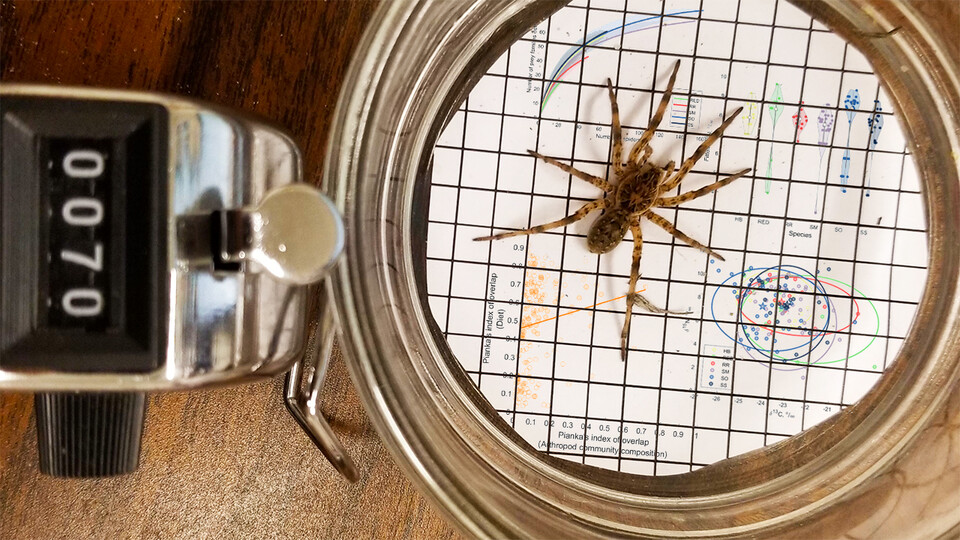
Uniformity of prey can yield spider-eat-spider world
A limited menu of prey may weave a tangled food web by emboldening wolf spiders of multiple species to dine on each other and even cannibalize their own, says a study from the University of Nebraska–Lincoln.
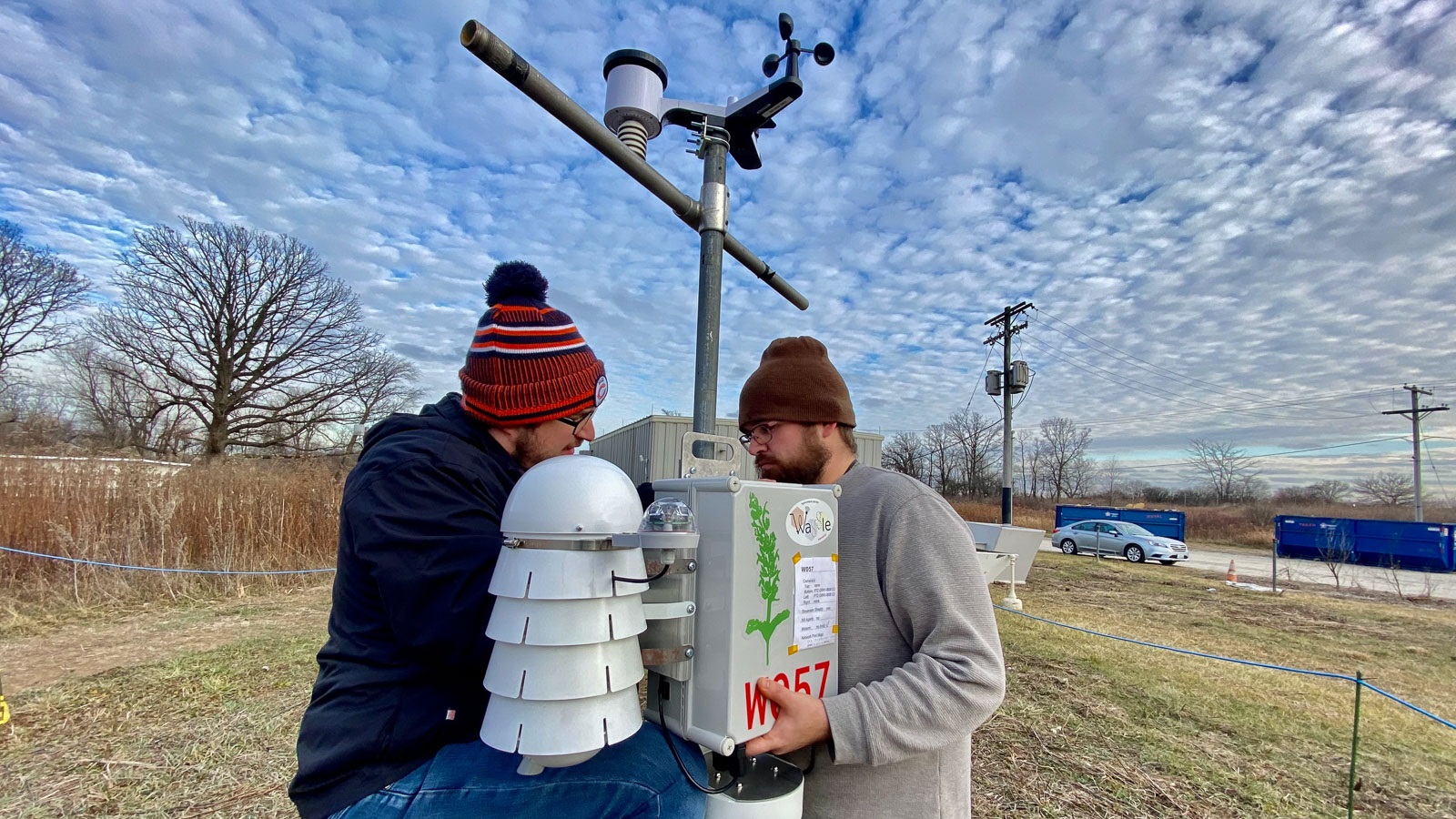
New tools to combat Chicago’s changing climate
Argonne and Northeastern Illinois University launched instruments to measure Chicago’s changing climate. These sensors are the first for the Argonne-led Urban Integrated Field Laboratory called Community Research on Climate and Urban Science (CROCUS).
Kangaroo Island ants ‘play dead’ to avoid predators
They’re well known for their industrious work, but now a species of ant on Kangaroo Island is also showing that it is skilled at ‘playing dead’, a behaviour that University of South Australia researchers believe is a recorded world first.
Trees in savanna areas of Cerrado produce three times more bark than species in forest areas
In tropical regions of the planet, savannas and forests often coexist in the same area and are exposed to the same climate.
Four major Illinois research institutions form a collaboration to improve urban forest drought resilience
Argonne, The Morton Arboretum, the University of Chicago and the University of Illinois Urbana-Champaign received a grant from NOAA to assess drought resilience in the urban tree canopy.
Hope for salamanders? Illinois study recalibrates climate change effects
For tiny salamanders squirming skin-to-soil, big-picture weather patterns may seem as far away as outer space. But for decades, scientists have mostly relied on free-air temperature data at large spatial scales to predict future salamander distributions under climate change. The outlook was dire for the mini ecosystem engineers, suggesting near elimination of habitat in crucial areas.

Ants took over the world by following flowering plants out of prehistoric forests
Ants are pretty much everywhere. There are more than 14,000 different species, spread over every continent except Antarctica, and researchers have estimated that there are more than four quadrillion individual ants on Earth– that’s 4,000,000,000,000,000. But how ants evolved to take over the world is still a mystery.
Study reveals that bats experience hearing loss in old age
Many mammals suffer hearing loss in old age, but bats were thought to be immune to this phenomenon because of the importance of hearing for echolocation. However, researchers in Israel have discovered that bats lose their hearing in old age just like humans do.
Hummingbirds use torpor in varying ways to survive cold temps
Hummingbirds have the fastest metabolism of any animal. The tropical hummingbirds that live in the Andes Mountains in South America must expend considerable energy to maintain their high body temperatures in cold environments. One tool that they use to survive cold nights is called torpor, a hibernation-like state that allows them to ramp down energy consumption to well below what they normally use during the day.
Glacier National Park could provide climate haven for Canada Lynx
Glacier National Park is home to around 50 Canada lynx, more than expected, surprising scientists who recently conducted the first parkwide occupancy survey for the North American cat.

Flower power: Research highlights the role of ants in forest regeneration
Ants play a key role in forest regeneration, according to a new paper from Binghamton University, State University of New York.
Ancestral variation guides future environmental adaptations
The speed of environmental change is very challenging for wild organisms. When exposed to a new environment individual plants and animals can potentially adjust their biology to better cope with new pressures they are exposed to – this is known as phenotypic plasticity.
Squirrels that gamble win big when it comes to evolutionary fitness
Imagine overhearing the Powerball lottery winning numbers, but you didn’t know when those numbers would be called—just that at some point in the next 10 years or so, they would be. Despite the financial cost of playing those numbers daily for that period, the payoff is big enough to make it worthwhile.
Noise from Urban Environments Affects the Color of Songbirds’ Beaks
A study examined the effects of anthropogenic noise on cognition, beak color, and growth in the zebra finch. Researchers first tested adult zebra finches on a battery of cognition assays while they were exposed to playbacks of urban noise versus birds tested without noise. Urban noises caused the birds to take longer to learn a novel foraging task and to learn an association-learning task. Urban noise exposure also resulted in treated males to develop less bright beak coloration, and females developed beaks with brighter orange coloration, respectively, than untreated birds. Findings suggest that urban noise exposure may affect morphological traits, such as beak color, which influence social interactions and mate choice.
Biodiversity in Africa and Latin America at risk from oil palm expansion, new report warns
Zero deforestation commitments may inadvertently leave vital habitats in Latin America and Africa vulnerable to agricultural expansion, a new study has found.
Earth’s many new lakes
The number of lakes on our planet has increased substantially in recent decades, according to a unique global survey of 3.4 million lakes that the University of Copenhagen has taken part in.
New Critical Period of Embryonic Sex Determination in Sea Turtles Identified
A study shows that the temperature of the incubation environment could influence the sexualization of the gonads (reproductive organs) in sea turtles earlier than what is currently recognized. Researchers developed a new way to integrate the effect of thermal fluctuations on embryonic sex determination and predict sex ratios with much better accuracy than prior models. By measuring the strength of masculinization or feminization of temperatures using novel parameters, they have uncovered how temperature-sensitive sex determination works. These findings could be similar for other reptiles with temperature-dependent sex determination because similar molecular determinants and enzymatic mechanisms are at play.
Platypus Populations Impacted by Large River Dams Are More Vulnerable to Threats
The platypus is possibly the most irreplaceable mammal existing today. They have a unique combination of characteristics, including egg-laying despite being mammals, venomous spurs in males, electroreception for locating prey, biofluorescent fur, multiple sex chromosomes, and the longest evolutionary history in mammals.
New species of owl discovered in the rainforests of Príncipe Island, Central Africa
A new species of owl has just been described from Príncipe Island, part of the Democratic Republic of São Tomé and Príncipe in Central Africa.
Half of the Data Deficient Species May Be Threatened with Extinction
Often we simply do not know enough about a species to know how it is doing. On the recognized red list from the International Union for Conservation of Nature (IUCN), thousands of plants and animals are listed as “data deficient.”
Climate Change Double Whammy Causes Unexpected Effects in Pacific Mussels
Comparative physiologists studied how two aspects of climate change—warming temperatures and increasingly acidic waters—may affect the ecologically important Pacific blue mussel (Mytilus trossulus), a foundational species in the intertidal environments of the northern Pacific Ocean.
It’s Not the Heat, It’s the Humidity: Water Loss Hurts Bees Most in the Desert
Digger bees lose large amounts of water during flight, which compromises their activity period and survival in the desert heat. Researchers from Arizona State University will present their work this week at the American Physiological Society (APS) Intersociety Meeting in Comparative Physiology: From Organism to Omics in an Uncertain World conference in San Diego.